How Volcanic Rock Dust Can Save Tropical Soils
Basalt powder — mere volcanic rock dust — is proven to restore soil fertility and accelerate tree growth in Panama’s impoverished tropical soils, and it can work elsewhere.
In Chapter 17 of Geotherapy: Innovative Methods of Soil Fertility Restoration, Carbon Sequestration, and Reversing CO2 Increase, esteemed biogeochemist Thomas J. Goreau and his colleagues highlight a simple, cost-effective method with revolutionary implications — one with the power to increase productivity of sterile tropical lands, thus reducing further deforestation by local farmers in constant search of new fertile earth.
Soils weaken over time with overuse, monocropping, and poor nutritional inputs. Tropical soils are among the planet’s poorest soils, as weathering, erosion, and deposition mean vital nutrients such as nitrogen, phosphorus, and potassium, as well as trace elements such as magnesium, zinc, and copper, are both scarce and depleted.
Further, in the tropics, year-round heat and humidity, as well as large amounts of rainfall, effectively leech all the nutrients from the soil and wash it away. Chemical fertilizers are not only too expensive to be practical in these regions, but they provide unbalanced nutrient ratios as well. Fortunately, there is another way.
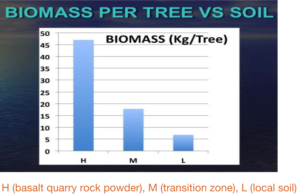 In 1997, researchers planted Acacia Mangium (a pea-bearing tree species) in three types of soil, ranging from more nutrient-deficient soils typical of Central America, to local soils optimally treated with basalt. Results were staggering. Over a five-year period, Goreau’s team observed an eight-fold increase in biomass for seedlings in the treated soils, as well as an increase of 2.17 times in the height of the trees and shrubs compared to those grown in local conditions.
In 1997, researchers planted Acacia Mangium (a pea-bearing tree species) in three types of soil, ranging from more nutrient-deficient soils typical of Central America, to local soils optimally treated with basalt. Results were staggering. Over a five-year period, Goreau’s team observed an eight-fold increase in biomass for seedlings in the treated soils, as well as an increase of 2.17 times in the height of the trees and shrubs compared to those grown in local conditions.
Trees planted in basalt-treated soils were also four times more likely to survive than were their untreated-soil counterparts. The basalt trees had darker and more plentiful leaves, as well as more branches.
Panama please: Makings of an ideal research locale
Central America is dappled with volcanic remnants, either active or dormant. While its topsoil struggles to maintain a composition that encourages plant life to flourish, the underlying volcanic basalt eases the strain when applied as a powder to orchards, crops, and pastures. It is readily available in-country and easy to transport.
Due to millennia of volcanic activity and deposition, therefore, Panama and its local, naturally-occurring soil micronutrients are a perfect fit for researchers experimenting with basalt powder.
In Chapter 17 of Geotherapy, Goreau and his team present results of a method capable of “increasing growth rates of trees, grass, shrubs and crops on severely impoverished soils by more than five times using locally-available basalt rock powder as a natural mineral supplement.”
By opting to conduct this experiment in Panama, researchers could use a struggling soil environment where roughly 83 per cent of the country’s soils are considered nonarable, but underlying that soil is its own salvation.
How it works: Creating the conditions of a basalt remineralization study
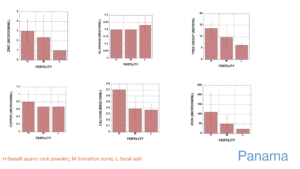 The Panama study provides one of the first data records of long-term tree growth in rock powders under field conditions, especially in tropical conditions.
The Panama study provides one of the first data records of long-term tree growth in rock powders under field conditions, especially in tropical conditions.
For the experiment, researchers used fast-growing Acacia Mangium seedlings, each about 20 centimetres tall and sourced from the same nursery. This tree species is ‘nitrogen-fixing,’ which means it takes in nitrogen from the air and processes it into ammonia, effectively enriching its own growth and development.
Researchers planted seedlings on the grounds of Cantera Pedrera — a basalt rock quarry — in September 1997. According to Chapter 17 of Geotherapy, the soils “derived from pale weathered volcanic ash, red lateritic soils derived from underlying weathered basalt, and black basalt powder and gravel derived from wastes from the stone crushing plant at the quarry.”
Researchers measured and photographed the height of trees at 19 and 59 months. By recording data from three sites of varying soil quality and measuring respective nutrients and minerals, as well as working with the basalt rock dust in soil locations of low, medium and high fertility, they were able to obtain data about a variety of growing conditions.
 As noted above, researchers observed noticeable gains in height, density, and thickness of trees and shrubs planted in soils enriched with basalt powder, with substantial increases in tree and shrub height as well. As stated in Chapter 17, trees in basalt-treated soil had “thicker trunks and stems, more abundant leaves, larger leaves, improved nutritional status, and hence leaf weight per unit area in soils supplemented with fresh basalt powder.”
As noted above, researchers observed noticeable gains in height, density, and thickness of trees and shrubs planted in soils enriched with basalt powder, with substantial increases in tree and shrub height as well. As stated in Chapter 17, trees in basalt-treated soil had “thicker trunks and stems, more abundant leaves, larger leaves, improved nutritional status, and hence leaf weight per unit area in soils supplemented with fresh basalt powder.”
Researchers believe these findings “confirm the applicability of previous work to trees on infertile tropical soils,” while clearly demonstrating a correlation between tropical biomass growth and the application of basalt powder to topsoils.
Next move: Basalt fertilizer’s future potential, current constraints
Encouraging as this method of soil remineralization might be, fresh basalt powder does have its limitations. Namely, it will not significantly contribute nitrogen to tropical soils, due to low ammonium ion levels in basaltic rocks.Unfortunately, many plants (of the non-nitrogen-fixing variety) require large amounts of nitrogen for protein and nucleic acid synthesis. Therefore, while basalt powder has the potential to reshape the future of tropical environments, research suggests that nutrient-specific species need more.
Fortunately, according to Goreau and his team, this remineralization still promises huge environmental benefits — primarily via atmospheric carbon dioxide sequestration through increased plant growth and decreased deforestation.
Additional positive impacts include reductions in harvest intervals for tree plantations, as well as increases in food productivity, pasture and livestock outputs on poor tropical soils, all while maintaining native forests.With more studies involving a greater variety of plants, soils, rock powder, biochar, nitrogen and climate regimes, the researchers hope to optimize the productivity and carbon storage benefits of basalt soil remineralization, as well as minimize the costs for large-scale applications.
Hopefully, further study into this use of volcanic rock dust will erupt in a better reality for the tropics, and for us all.
Resources
To buy Geotherapy: Innovative Methods of Soil Fertility Restoration, Carbon Sequestration, and Reversing CO2 Increase, go to:
- Amazon: https://amzn.to/2OaZYEf
- CRC Press: https://bit.ly/2HJr1p9
Carter Haydu is a writer, reporter, and journalist based in Alberta and Saskatchewan. He works for JuneWarren-Nickle’s Energy Group, with regular articles appearing in the Daily Oil Bulletin. He is a freelance columnist with the award-winning Quad Town Forum weekly newspaper, based in Vibank, Saskatchewan. He also contributes content for a series of magazines in and around Regina and Saskatoon. He received a BA in Political Science and Philosophy from Augustana University College in 2001 and a diploma in journalism from Grant Macewan College in 2005.
Support us on Patreon
Thank you for joining us today! Please become a member of RTE and support us on Patreon. Unlike many larger organizations, we work with a team of determined and passionate volunteers to get our message out. We aim to continue to increase the awareness of remineralization to initiate projects across the globe that remineralize soils, grow nutrient dense food, regenerate our forests’ and stabilize the climate – with your help! If you can, please support us on a monthly basis from just $2, rest assured that you are making a big impact every single month in support of our mission. Thank you!

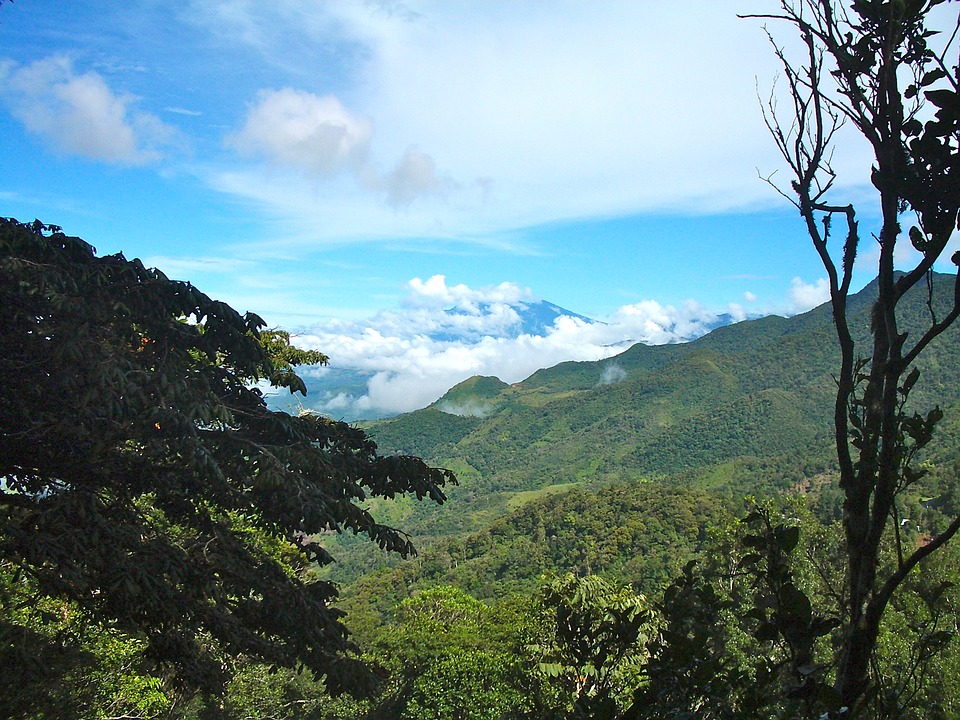

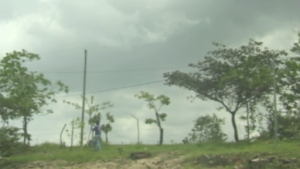
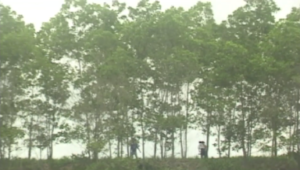






Got something to say?